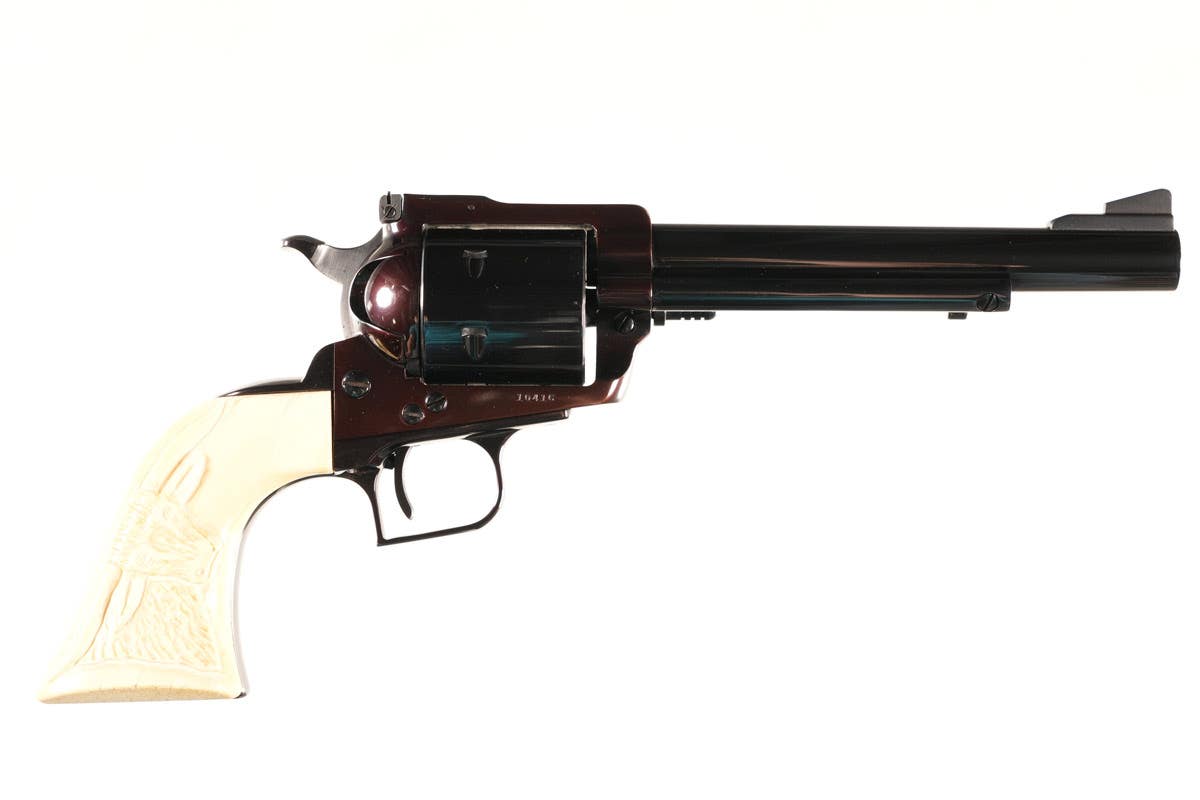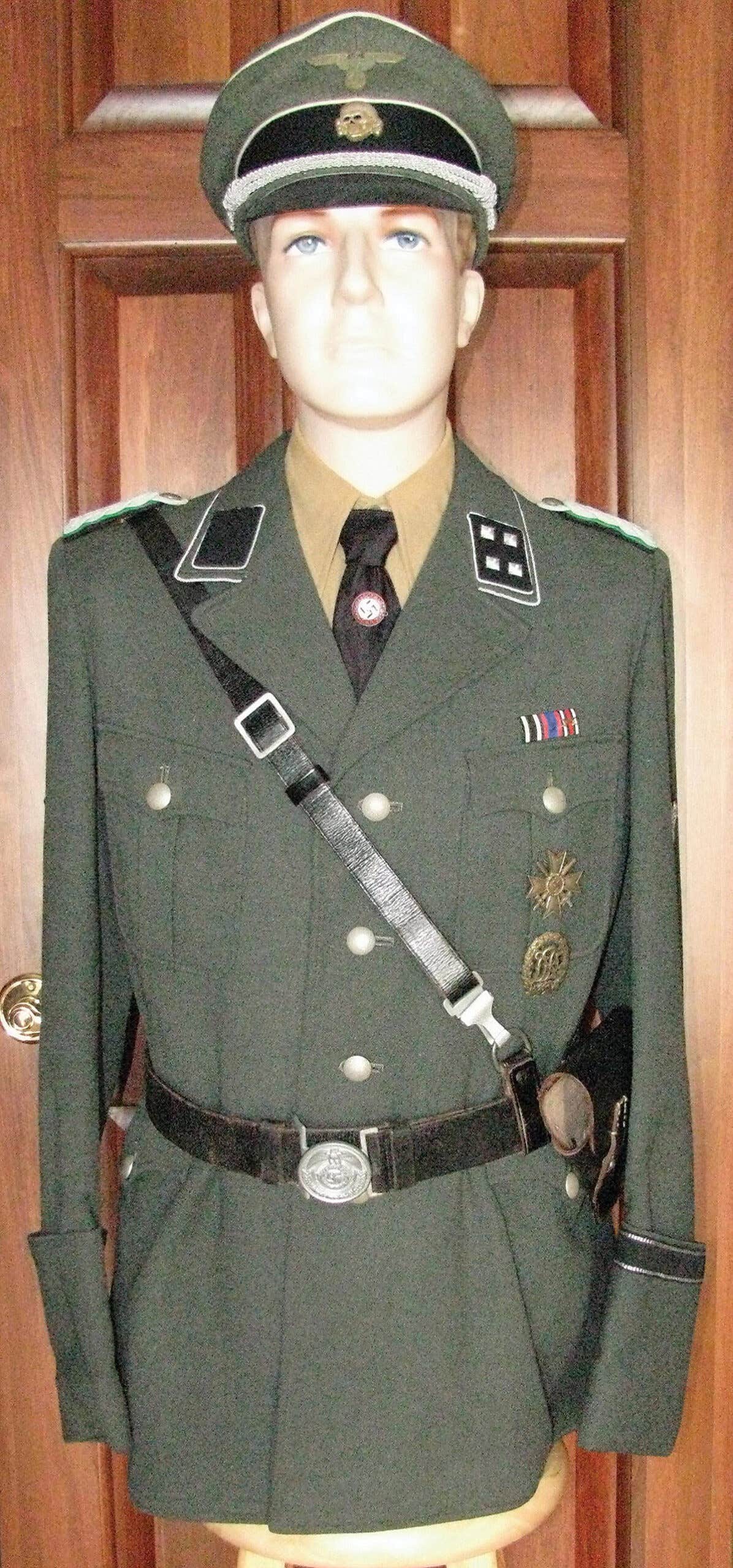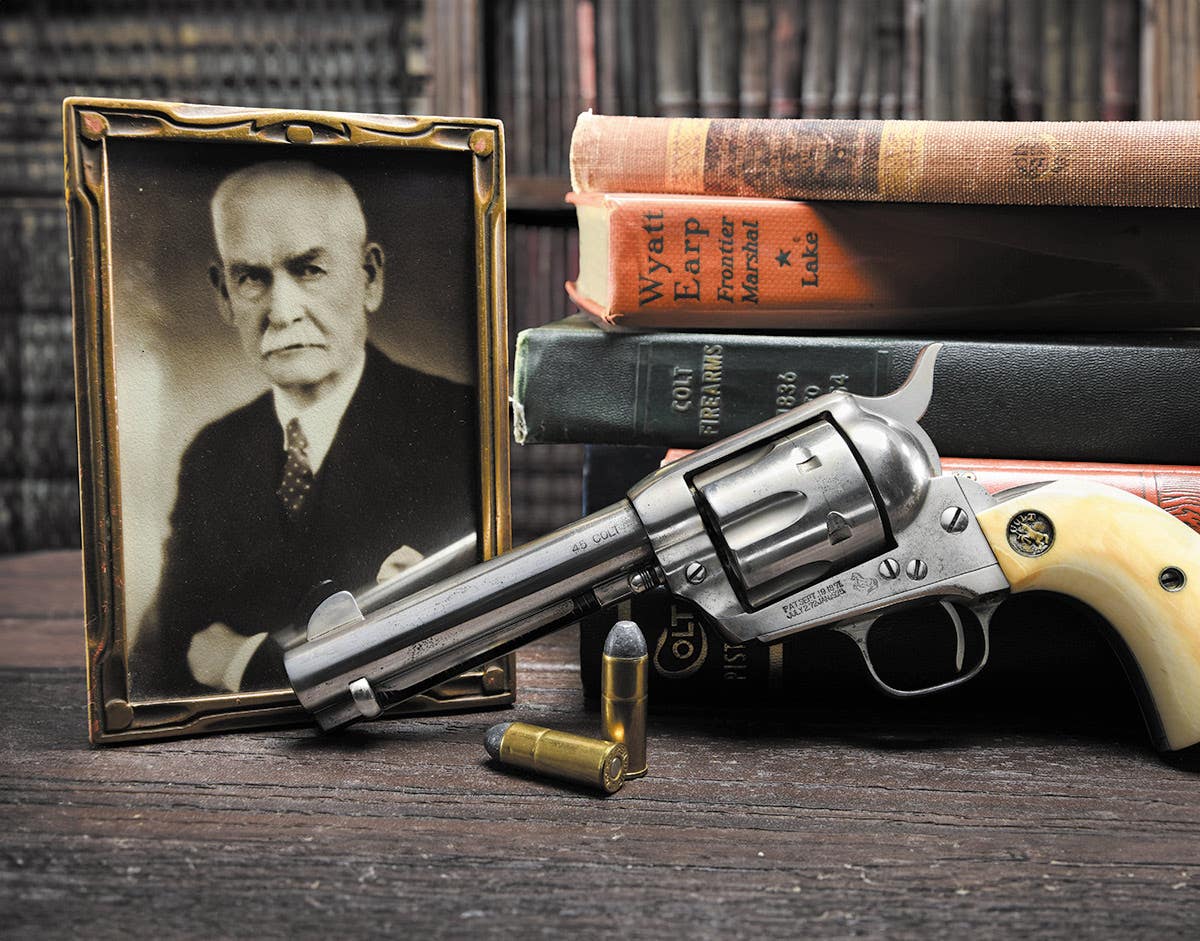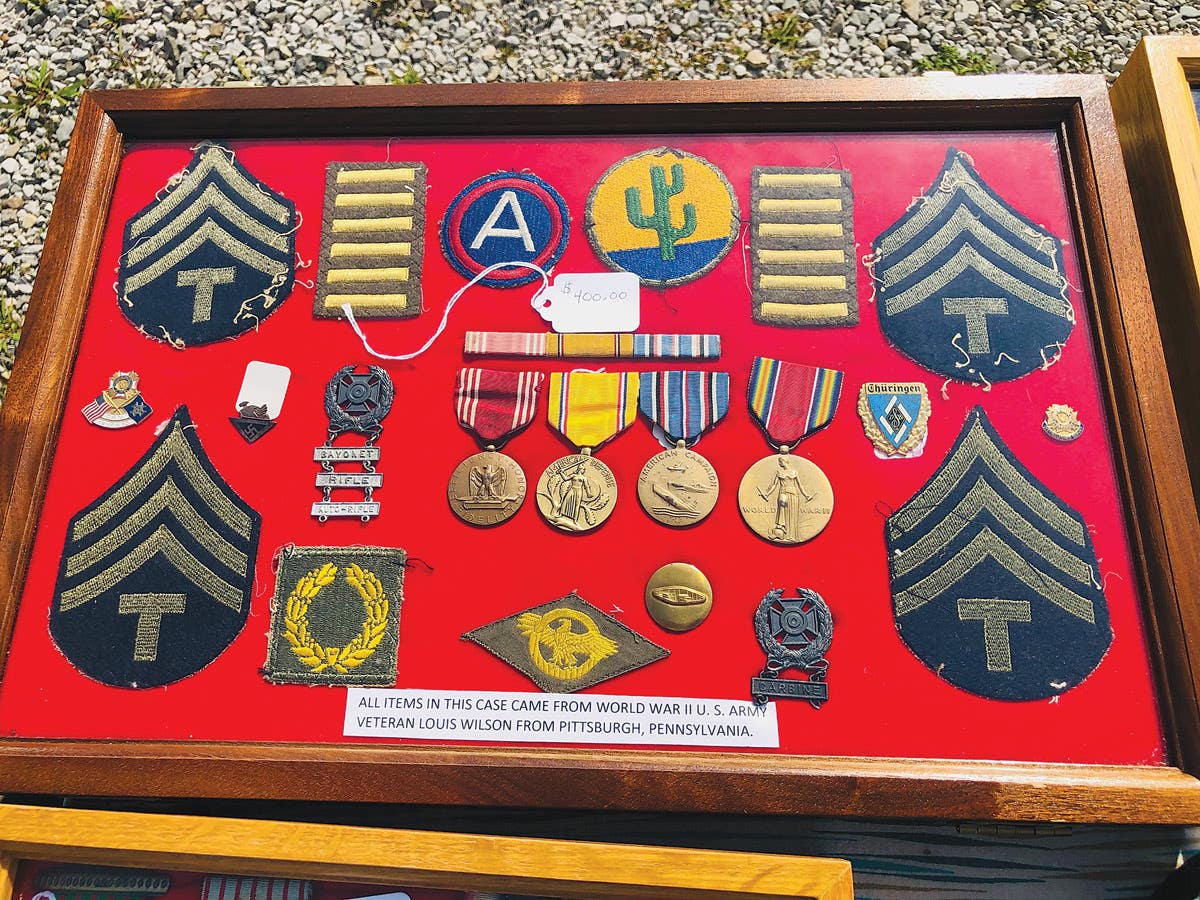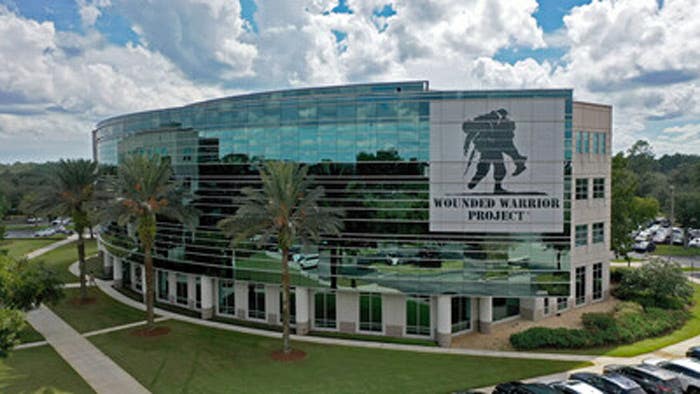An incredible A-2 jacket: But where is it today?
First Lieutenant William F. Savidge, Jr. was photographed wearing a “Tokyo Club” painted A2 jacket during WWII.
Positive proof that this exceedingly rare jacket exists lies in the stunning photograph from July 1945. It will stir the hearts of any serious A-2 collector and encourage all of the them to scour closets, attics, and other hideaways for this treasure. There must be existing examples out there—somewhere!
BACKGROUND OF “TOKYO CLUB”
During WWII, it became apparent to the Pacific war planners that once the Mariana Islands were seized and runways built to accommodate the giant B-29 Superfortress, only Iwo Jima stood in their way. The capture of this seemingly unimportant spec of land in the middle of the Pacific Ocean was crucial to the Allied effort to win the war in that theater – a fact that did not go unrecognized by the enemy. For more than two years, the US Navy planned for this showdown, while the Imperial Japanese Army dug in and built up their defenses for the inevitable conflict.
We all know what happened there: An invasion that was supposed to take a week, took 35 days and the lives of 6,821 Americans. Nine months of naval and air corps bombardments that preceded the invasion had no noticeable effect.
Beginning on February 19, 1945, 70,000 Marines took on 22,000 deeply fortified Japanese soldiers. In the ensuing bottle, 18,840 Japanese soldiers died while only 216 were taken alive. Meanwhile, 19,217 Americans were wounded in what was the sixth deadliest battle in U.S. history. It remains as the only battle in history where total American casualties (killed and wounded) outnumbered those of the enemy, despite a resounding victory.
Why was Iwo Jima so important, and was it worth the terrible cost? The latter question is still being debated by military historians, but the justifications seem clear, even today.
Iwo (jima means ‘island’ in Japanese) lies roughly halfway between the Mariana Islands and the Japanese mainland, (along the direct route between the B-29 bases on Tinian, Guam and Saipan, and Japan).
Once the 20th Air Force’s long range bombing missions began, Japan initiated retaliatory raids on the Marianas using Iwo as a staging area. Further, the Imperial Japanese Air Service began basing fighters on Iwo’s airstrips, harassing the B-29s as they passed by high overhead. In truth, both of these strategies were only marginally effective, but they strengthened the argument for invasion.
But the most important reason for capturing Iwo was to provide an emergency landing field for crippled or low-on-fuel B-29s. This critical need was not even appreciated at the time of the original planning in 1943.
It is a little known fact that more B-29 crews were lost in ditchings in the mid-Pacific, than to enemy action. Most problematic were the newly-developed Wright R-3350 supercharged engines that powered the B-29, and which, especially in the beginning, led to hundred of fires and other catastrophic failures.
Robert Morgan, a B-29 pilot who once described his experience making an emergency landing on Iwo Jima—one that saved his life and those of his crew—got virtually teary-eyed when talking about the sacrifices made by the Marines on that now-fabled island.
Once Iwo Jima was secured, the U.S. Army Air Forces began deploying squadrons of long-range P-51 Mustang fighters alongside the hastily patched-up runways. Their role was three-fold: Protect the island against attack; protect the B-29s en route to Japan; and fly interdiction and other missions against the Japanese homeland.
Those exclusive pilots who made this long and hazardous, single-engine, over-water flights to and from Japan formed an elite membership organization that they simply called, the “Tokyo Club.”



